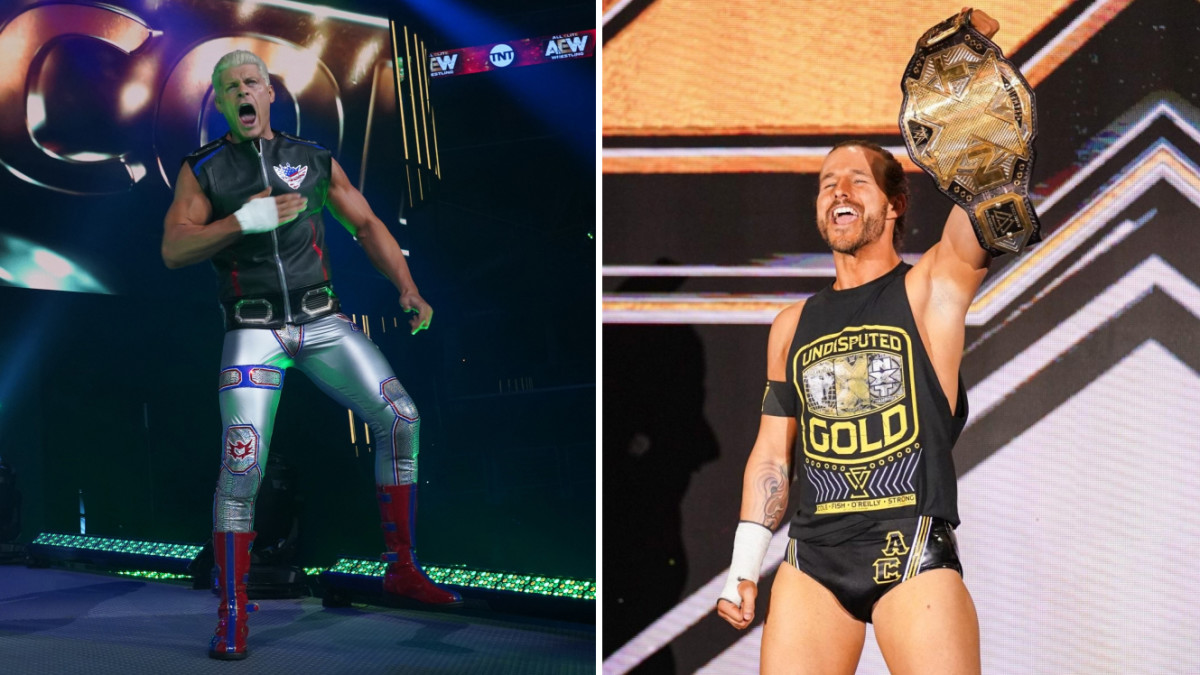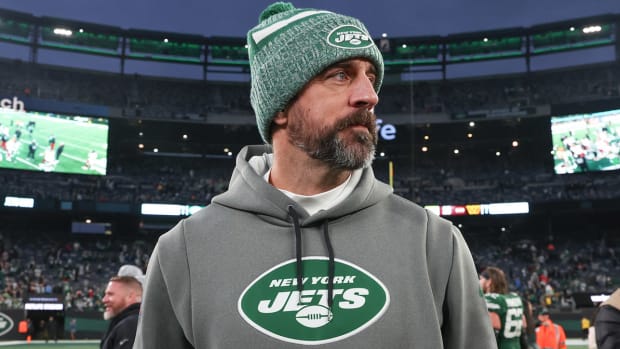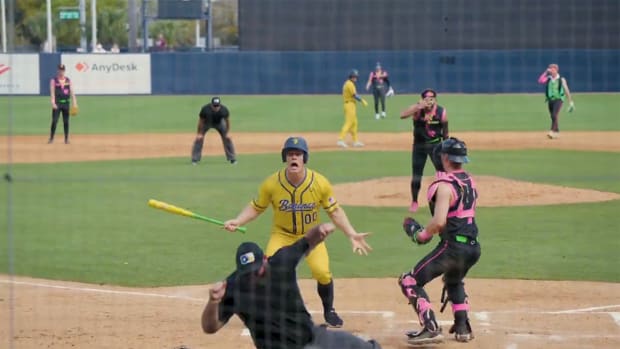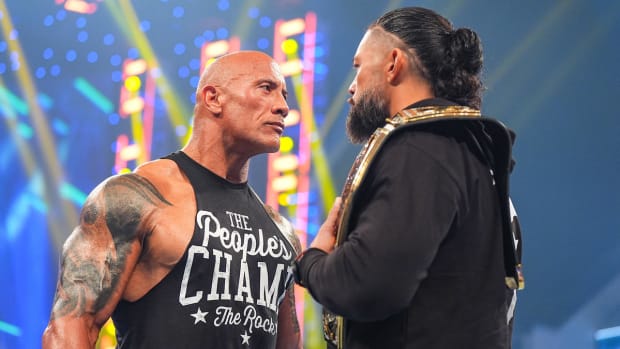Wrestling’s New ‘Wednesday Night Wars’ Are a Throwback to the Sport’s ’90s Heyday

How did you spend the most significant night of televised American wrestling in decades? Maybe you opted to commit to AEW’s debut on TNT, to see what the new guys might offer in the weekly, two-hour form that will be so crucial to their success. Or perhaps you stuck with the more proven commodity of WWE’s NXT and its trio of major championship matches. More likely, if you’re as curious as I imagine most wrestling fans were, you flipped at least a little bit between both. Me? I did some of that myself, though I mostly stuck to AEW and recorded NXT to watch afterwards, abstaining from social media (for two whole hours!) to avoid spoilers.
Aside from that new, very 21st Century measure, the night had a thrilling air of the late 1990s to it. With the exception of a brief, misguided foray into Monday nights by TNA Impact in 2010, it has been 18 years since wrestling fans experienced a major head-to-head battle between rival wrestling outfits on cable TV. That means that realistically for any wrestling fans under, say, the age of 25—those who would have been at most seven years old when WCW folded in 2001—or those who have come to the genre more recently, they have no memory of the excitement of bouncing between networks to see how the two shows would try to out-do each other that week, be it with storyline twists, surprise appearances, or thrilling in-ring action.
Wednesday night offered a taste to the uninformed and a flashback for Monday Night Wars-era fans: AEW’s exciting opening match being answered by NXT’s furiously good world title clash; both women’s championship matches running against one another; Finn Balor jumping to NXT and Jake Hager to AEW; all of it punctuated by an extended NXT over-run in which former champ Tomasso Ciampa made an unannounced return of his own. It was a series of the kind of well-placed counterpunches that make the best fights compelling.
For all the nostalgia that can infect wrestling fandom and derail the current product, it’s this sort of return to the good old days—with two high-quality competitors driving one another—that can actually propel the business forward. WCW has long gotten a bad rap thanks to its floundering final years and WWE’s ability to author the dominant version of the industry’s history, but when Nitro first premiered on TNT in 1995 it was revolutionary. The once-inventive Raw had already gone stagnant since its launch two years earlier; Nitro showed up running major happenings from major arenas every Monday night and a year later started to whoop Raw in the ratings. There’s a straight line to be drawn from Nitro’s launch to the innovation and inspired star-making that rescued WWE from its mid-90s doldrums and brought about the Attitude Era’s heights and overall turn-of-the-century wrestling boom.
Already the wrestling industry is seeing the benefits of new competition. After wallowing in flat tedium for months, both Raw and Smackdown have been overhauled internally and kicked into a higher gear (though those shows’ deteriorating ratings at the onset of new, mega-money TV deals also spurred changes). The talent arms race between AEW and WWE is reportedly resulting in more lucrative deals for free agents and WWE re-signers alike. Disgruntled performers that had been left idling on WWE’s back-burners have been better and more prominently utilized to entice them to stay. The laze of monopoly seems to have been lifted.
All of this is of course good for the wrestling fans who get to watch motivated shows by motivated performers. Even better, it comes at a time when the wrestling industry is already an omnivore’s delight, with New Japan Pro Wrestling streaming online and on AXS TV; Mexico’s CMLL and AAA on Spanish-language cable; the domestic Impact and MLW airing on AXS and beIN Sports, respectively; and Ring of Honor holding regional TV deals of its own.
Of course, a cable slot and competition may not offer the best pressures for NXT, which has thrived on WWE’s streaming network as a home for the kind of straightforward, slow-burning storylines that can create rewarding narratives but not necessarily spike weekly ratings. It has also benefited from its usual one-hour format (as opposed to its new two-hour one), which allowed NXT to keep many matchups fresh and avoid over-exposure.
Nor is likening these new Wednesday Night Wars to their Monday forerunners a perfect comparison. The debut of Dynamite from AEW, for all its world-class talent and buzzy momentum, is not the same as Nitro launching with the industry’s three biggest names (Hulk Hogan, Ric Flair, and “Macho Man” Randy Savage) in tow. Nor is NXT a perfect stand-in for mid-90s Raw, which was at the time WWE’s only weekly primetime show. In many ways, WWE has already succeeded by positioning NXT—and not its flagship Raw and Smackdown brands—as the equivalent competitor to its major new challenger. Not only is NXT, despite years worth of elite-caliber matches, a smaller-scale, less-established brand, but it’s also perfectly situated as a prestige product with cachet among the wrestling die-hards and traditionalists that make up much of AEW’s target audience.
But all that is thinking too big-picture. More immediately, and more entertainingly, what we have on our hands now is the dawn of the first true American wrestling war in a generation, this time with social media sniping, passive-aggressive Snapchat filtering, and Orange Cassidy. Other than that, it felt like old times in the best of ways, right down to Raw and Nitro’s peak-era lead announcers sharing one of Wednesday’s booths. Surely, like then, there will be plenty of side-taking going forward. But for wrestling and its fans, Wednesday was nothing but a victory—a trip back in time to a better future.





